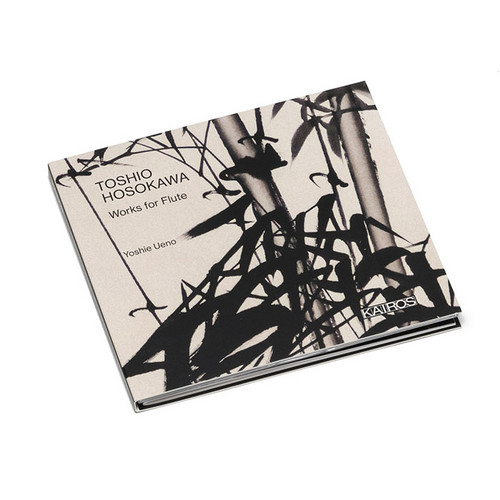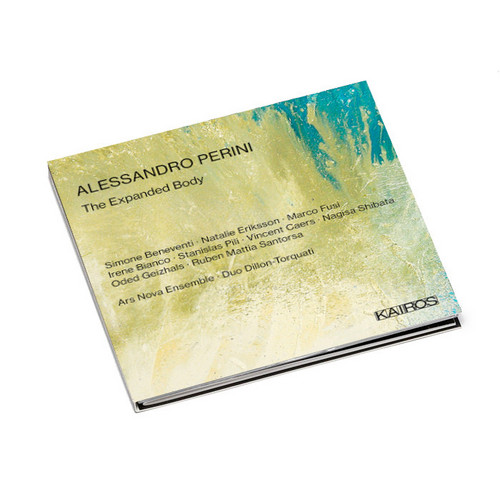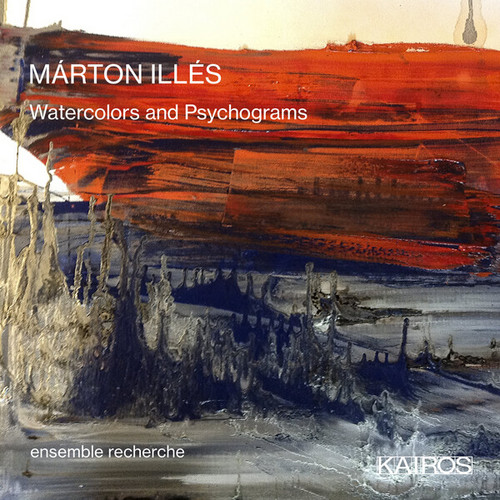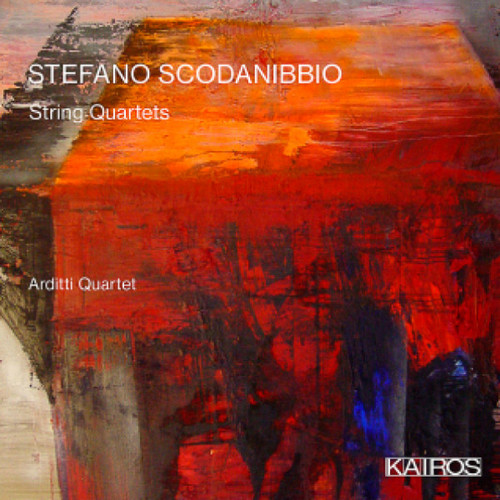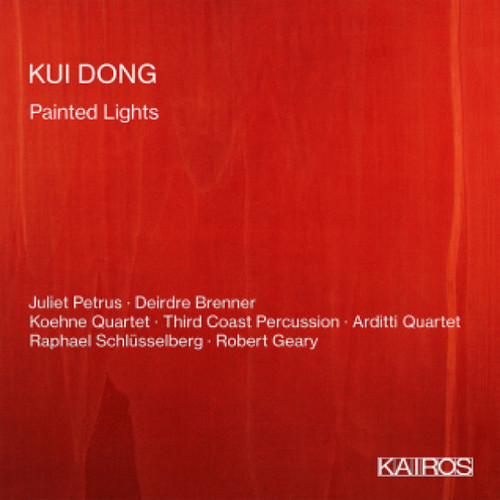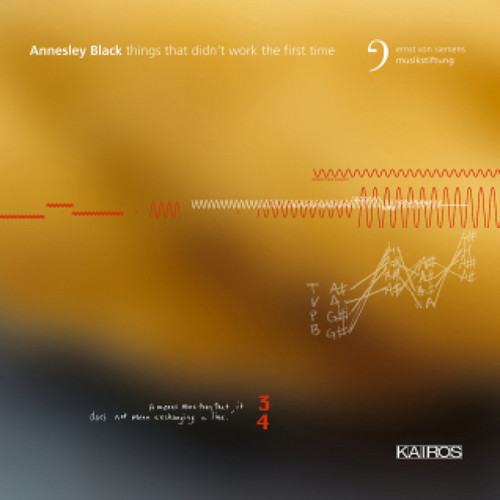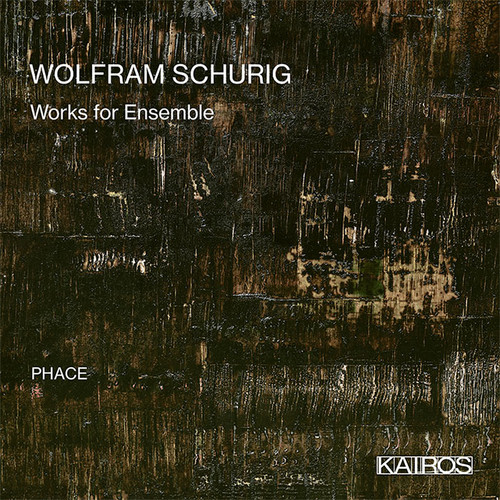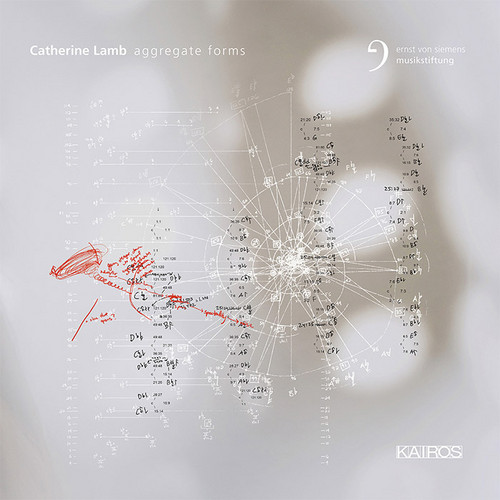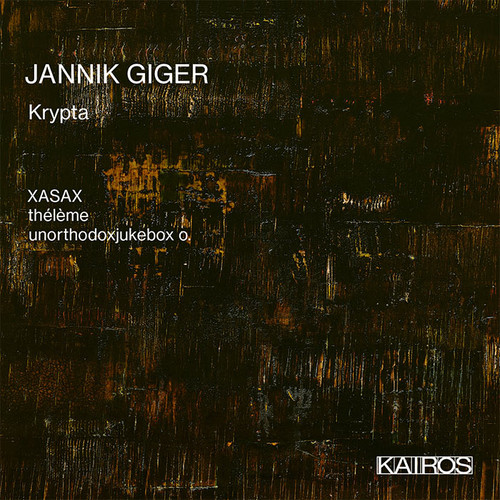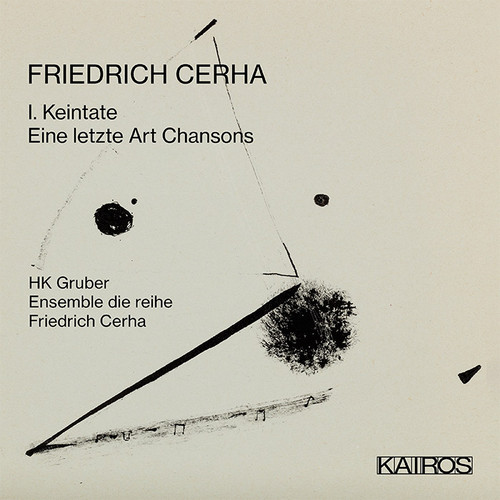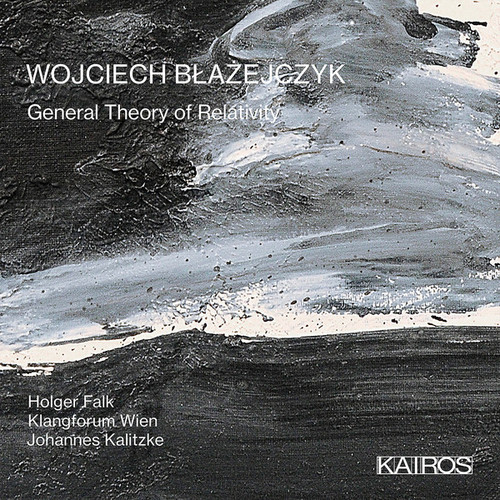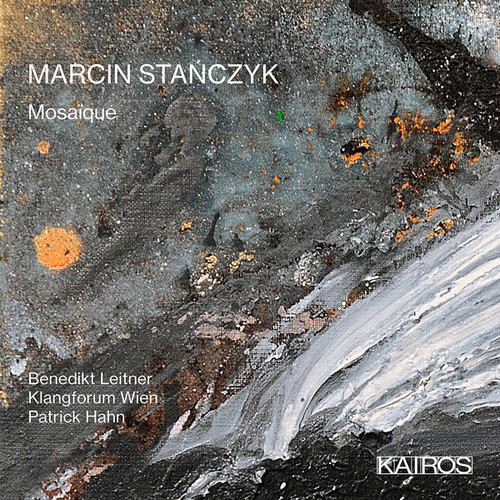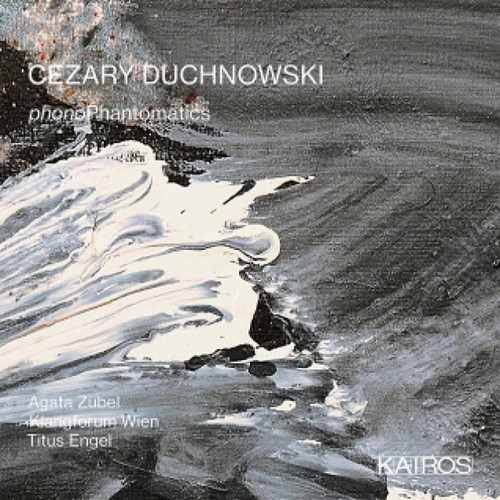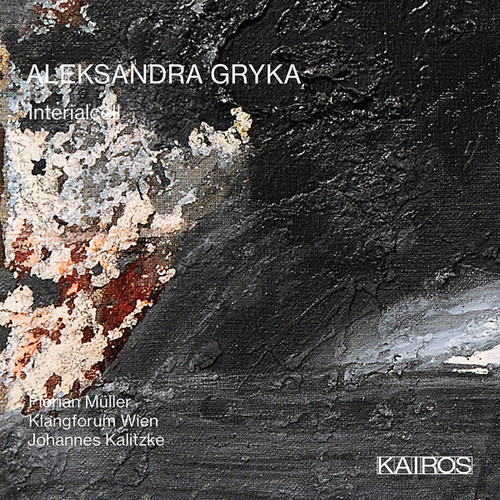★Kairos
Works for Flute
Toshio Hosokawa explains his special interest in the flute as follows: “For me the flute is the instrument which can most deeply realise my musical ideal. The flute can produce a sound by means of the breath, and can be a vehicle by which the breath transmits the sound’s life-power.“ When playing the flute, the breath flow is directed upon a sharp edge or notch. The resulting vibrations excite the air contained in the resonant cavity within the flute, which can be heard as …
The Expanded Body
This CD by Alessandro Perini combines electronic sound manipulation with the creation of electromechanical and electroacoustic instruments and a reflection on sound environment, tending toward the exploration of unusual compositional solution. In short, it is experimental music and as such, it deserves to be listened to and commented upon. A few words about the composer. Alessandro Perini is a young musician: he studied composition (with Luca Francesconi and Ivan Fedele among others), electroni…
L'Afrique Et L'Asie D'Après Tiepolo
Inspired by frescos by Giovanni Battista Tiepolo painted in the residence of Würzburg, again two so rich universes of intoxicating sonorities. Let us quote the composer: “Nothing is more inclined to suggest space than color, which becomes the true mean of the musician”. Difficult to imagine two pieces as dissimilar as this Africa and this Asia. Tiepolo's allegorical depictions of Africa and Asia inspired the French composer Hugues Dufourt (*1943) to write two of his most powerful ensemble works.…
Works for Cello and Piano
With their 2018–2019 Isang Yun Recording Project, ItalianCellist Luigi Piovano and Pianist Aldo Orvieto pay homageto the late Korean composer and the tragic course of his life. “The events that marked Isang Yun’s life emblematically show the miserable short-sightedness of the human being, unable to act authentically and with love towards others, in striving for a common good and reach a common spiritual elevation. When confronted with the exceptional musical depth and the dramatic power of Isang…
Musiche per il "Paradiso" di Dante
"Salvatore Sciarrino's Musiche per il "Paradiso" di Dante is divided in three movements:
Alfabeto OscuroThe alphabet mentioned in the title (as if speaking, it’s written at the top of the score) refers to the language of sounds that desperately tries to transfigure into words: the orchestra seems to want to talk,” writes Sciarrino. “The nature of the instruments would not allow it, yet they obsessively act, and we hear almost without understanding. Almost. In their lack of humanity, the machines…
Watercolors and Psychograms
"In the works of Martón Illés from the early 2000s, physically perceptible energy, gestural force, and visual conceptions of the sonic are already present. After 2010 the composer drew further implications from these for his work: since then, his musical thinking has no longer been based on fixed pitches, but rather on sounds – either as acoustic manifestations of imagined lines or as gestures modeled on the physical. The way he actually implements this by means of instruments is impressively de…
String Quartets
Defining the character of a composer’s music is always hazardous, especially if the composer is restless. But around Stefano Scodanibbio’s music we often return to the concept of wandering, which moreover reflects his life. This is testified by his writings, which tell us how travel, lack of stability, desire were factors to be found written or improvised in his works. An important and restless philosopher introducing the volume that collects those writings (Not enough for me, Quodlibet, 2019) g…
Painted Lights
Painted Lights, a new album of compositions by Kui Dong is now available on Kairos Music. The record, which features performances by Juliet Petrus, Deirdre Brenner, Third Coast Percussion, Arditti Quartet, Koehne Quartett, Volti, Piedmont East Bay Children's Choir, Robert Geary, and Raphael Schlüsselberg, comprises four pieces of chamber and choral music written by Dong between 2009 and 2017. California Shoreline (2017) for soprano, string quartet and prepared piano opens the album, followed by …
Things That Didn’t Work the First Time
With each composition, Annesley Black embarks courageously on a new experiment with an open future; while at the beginning of the compositional process the material can still mean many things, it gradually ceases to do so. And at some point, all ambiguities are cleared up: the piece stands. The paths that have led to this point are ultimately paradoxical: they are “immensely labyrinthine and completely logical at the same time” (Black). In their own unique way, the pieces gathered on this CD pre…
Ultima Thule
One could take Wolfram Schurig's Ultima Thule for five ensembles, a work whose mere instrumentation in-vokes that utopian place which, according to the composer, should automatically be the goal of any authentic artistic activity, as a motto for Wolfram Schurig‘s entire compositional œuvre. In ancient Greece, the name Thule referred to the northern-most part of the world, whose accessibility and actual existence, however, remained uncertain. Since Virgil, th…
Works for Piano
"The piano was the favourite instrument of Morton Feldman (1926 – 1987). “What is the difference between an orchestra and a piano? A piano has pedals”, he once said. The three works on the CD – Triadic Memories (1981), For Bunita Marcus (1985) and Palais de Mari (1986) – are iconic of Feldman’s compositional trajectory. Firstly, because of their length. The first two pieces each last almost an hour and a half, Palais de Mari 25 minutes. Furthermore, the limitation of the musical material is stri…
Works for Ensemble
Wolfram Schurig's musical career began with instrumental playing. After basic training on the recorder, his concert studies with Kees Boeke, one of the protagonists of historically informed performance practice, left their mark on him. This experience plays an important role in Schurig's working method as a composer: "You simply write music differently when you are on stage yourself. You owe it to the performer to deliver something that is playable, and in which he can find himself as a co-creat…
Aggregate Forms
"The radically mind-expanding challenges of Catherine Lamb’s string quartets have given me great joy and satisfaction. Imagining and creating the sonic relations yields an integration of number and sound, offering a pathway toward ultimate oneness. Opening ears and mind to infinitely rich patterns, these resonances penetrate deeply to the core. The recording is not an endpoint, but part of a broadening process, a continuous evolution of abstract relationships becoming concrete, erasing artificia…
Krypta
The Swiss composer, sound and video artist Jannik Giger lifts the veils and creates access to the usually rather hidden, private worlds of music making on this album Krypta. The rage, teachings, interjections and body sounds of the mostly already deceased world-famous conductors are embedded like relics in the morbid-ritual accompaniment of the fictional orchestra.Can the ex-patriarchs one day be resurrected? At least they are brought to speak in a new way in their own requiem, come to unusually…
1. Keintate / Eine Letzte Art Chansons
Friedrich Cerha, whose monumental Spiegel cycle and his completion of Alban Berg's Lulu have secured him a place amongst the most eminent composers of our time, celebrated his 95th birthday on 17 February 2021. This album presents two of his lesser known very typical Viennese works, featuring chansonnier HK Gruber. While somehow in the tradition of the local music played at the Heurigen, both pieces dig deep into the musical and spiritual soul of Viennas folk and art music. This extraordinary …
Works for Piano
The music of Austrian composer Bernhard Lang (b. 1957) is one of in-betweens. Stylistically, Lang’s oeuvre occupies the space between a multitude of genres, ranging from contem porary composition and free improvisation to the wider realms of hip hop and DJ-culture. By virtue of Lang’s radical openness to creative conversation and collaboration, and to ideas and influences from other areas of artistic and scientific exploration, his oeuvre finds connections to the worlds of film, dance, theatre, …
General Theory Of Relativity
Wojciech Błażejczyk’s music feeds on scientific theories, internet streams and civilization waves or scrap. It sometimes looks like a nerd’s diary. Full of different colors and fonts, notes, charts, exclamations and underlined words. This diary is the composer’s reaction to what surrounds him every day. Global news often appear together with local events, fake facts – with perceptual illusions, war strategy – with a pacifist message. All of that put in a new music idiom spiced up with a pinch of…
Mosaïque
Could you imagine music as a geyser? Erupting violently, waiting on tense standby, forever renewing itself... Or, just the contrary, as a sigh? An operatic sospiri, inhaling and exhaling, a tangible, rhythmic fluctuation... Or as walking with your eyes closed with full alertness to the sounds of unknown origin? That’s what Marcin Stańczyk’s music is like.The milestone of his career turned out to be the composition Sighs (2008–10, rev. 2012) for chamber- or symphonic orchestra. It got him the pre…
PhonoPhantomatics
Cezary Duchnowski, although perceived as a specialized composer with consciously chosen specialization, is very open to extremely versatile activity in the musical field. Apart from absolute music, he’s also keenly interested in relations between music and the word, music and theatre (or rather performance art) as well as visual arts in the wide sense. What he aims at with this kind of syncretism is a genuine interaction of various media. In his musical activity, he explores various areas of the…
Interialcell
Aleksandra Gryka is undoubtedly one of the most enigmatic and fascinating figures of the young generation of Polish composers. She does not comment on her works, does not give interviews, and does not provide critics with an insight into her scores (which even causes the occasional international scandal). She is also mysterious in her music: her works are like planets with their own atmosphere and laws. The narrative is usually torn, fragmentary and always incom plete, it leaves the listener uns…
